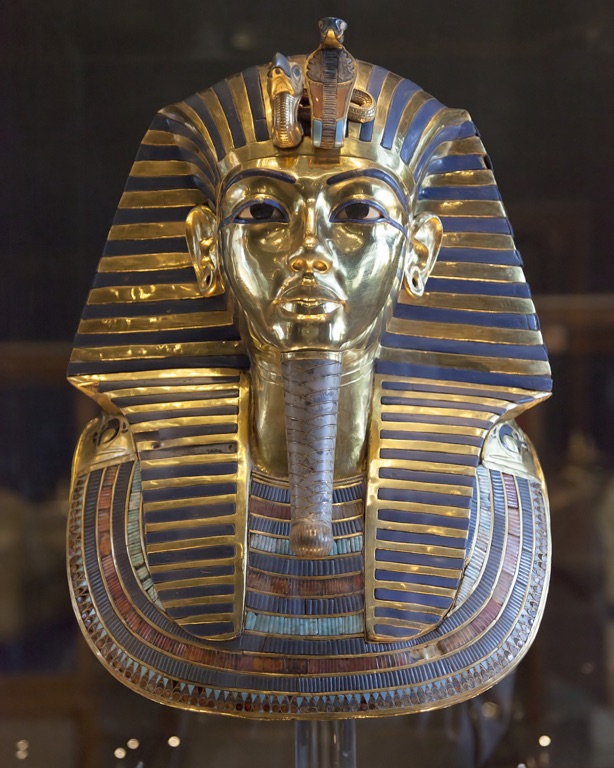Tutankhamun’s tomb, also known as KV62, is one of the most significant archaeological discoveries of the 20th century. Located in the Valley of the Kings in Egypt, the tomb was discovered by British archaeologist Howard Carter in 1922. The tomb was filled with a wealth of artifacts and treasures that provided invaluable insight into the life, culture, and death rituals of the ancient Egyptians. The most significant find was the mummy of the young Pharaoh Tutankhamun, adorned with a golden death mask, now one of the most famous artifacts in the world.
Get your dose of History via Email
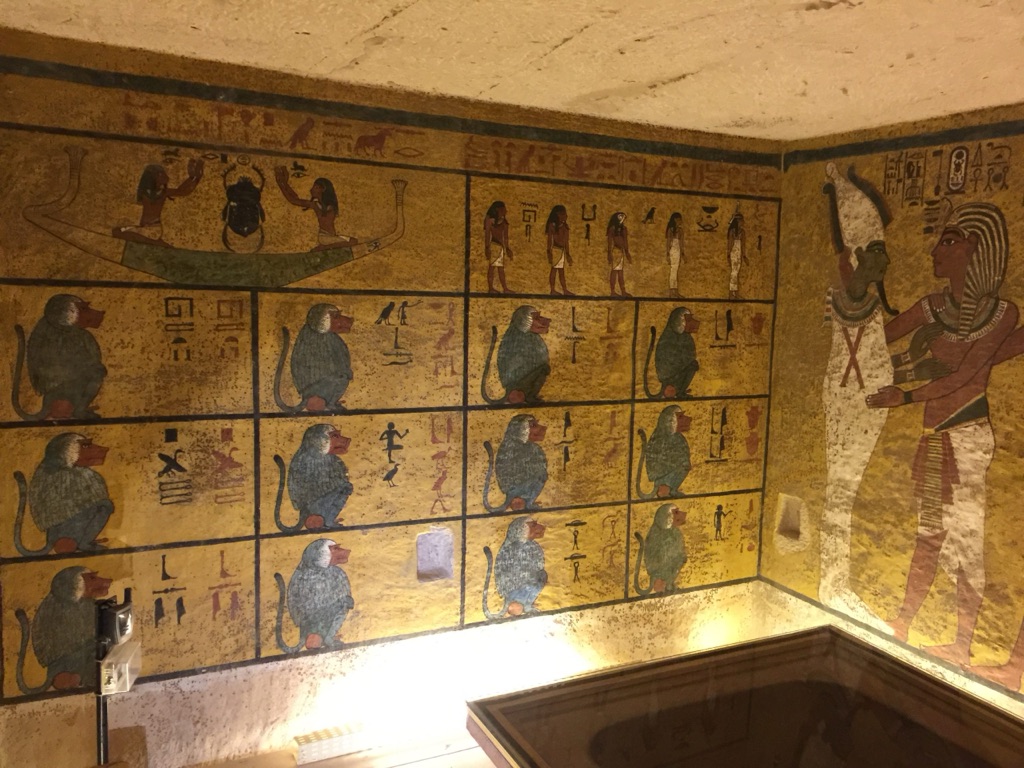
What are some of the key discoveries and artifacts found in Tutankhamun’s Tomb?
The tomb of Tutankhamun was filled with over 5,000 artifacts, many of which were personal belongings of the young Pharaoh. These included chariots, weapons, clothing, and furniture. Among the most notable finds were the golden death mask, a solid gold coffin, statues of the gods, and jewelry. The tomb also contained an array of food, wine, and games, suggesting a belief in an afterlife where these items would be useful.
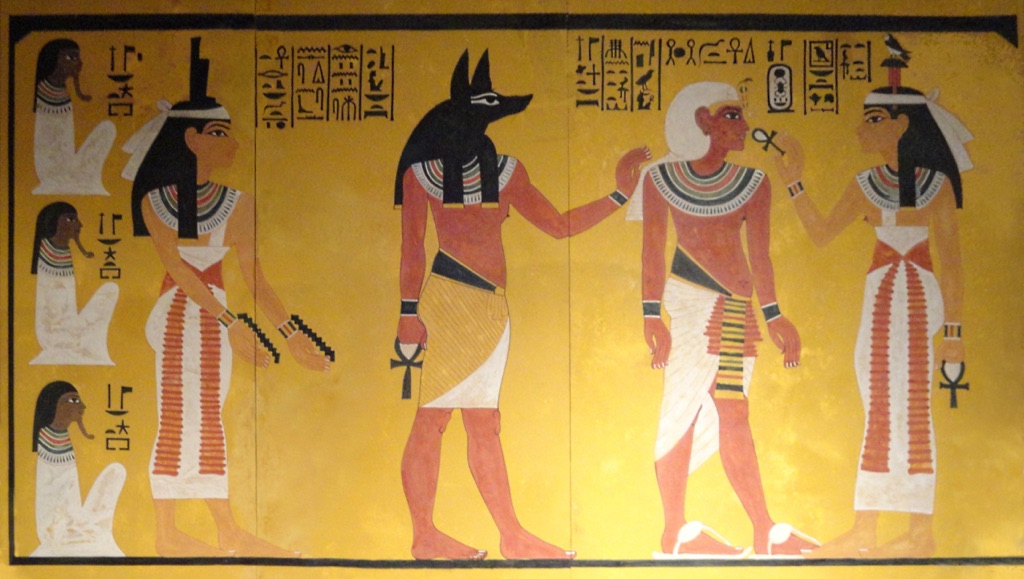
One of the most intriguing discoveries was a series of sealed shrines within the burial chamber. These shrines, nested one within the other, contained the sarcophagus of Tutankhamun. Inside the sarcophagus were three coffins, the innermost of which was made of solid gold and contained the mummy of the Pharaoh, adorned with the famous golden death mask.
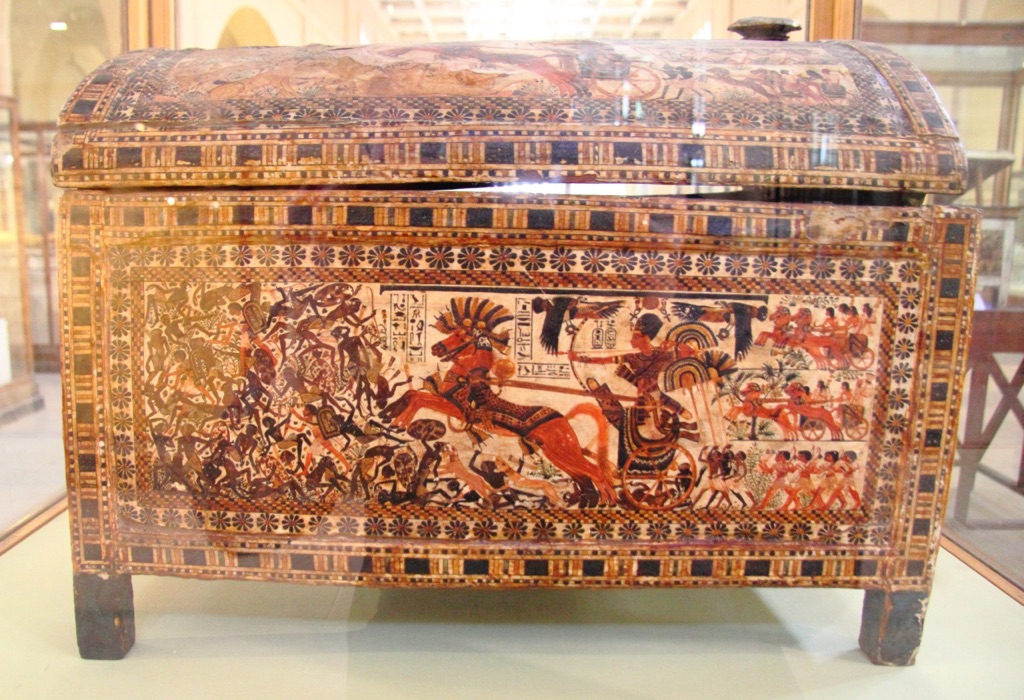
Other significant finds included beautifully crafted alabaster vases, a series of ornate canopic jars, and a unique collection of statuettes that were believed to come to life in the afterlife and perform work for the Pharaoh, known as shabtis. The tomb also contained a variety of other items such as beds, chairs, and even a chariot, all intended for use in the afterlife.
Perhaps one of the most fascinating aspects of the tomb’s contents is the number of items that were made specifically for Tutankhamun’s burial. These include a series of magical amulets and spells, which were intended to protect the Pharaoh on his journey to the afterlife.
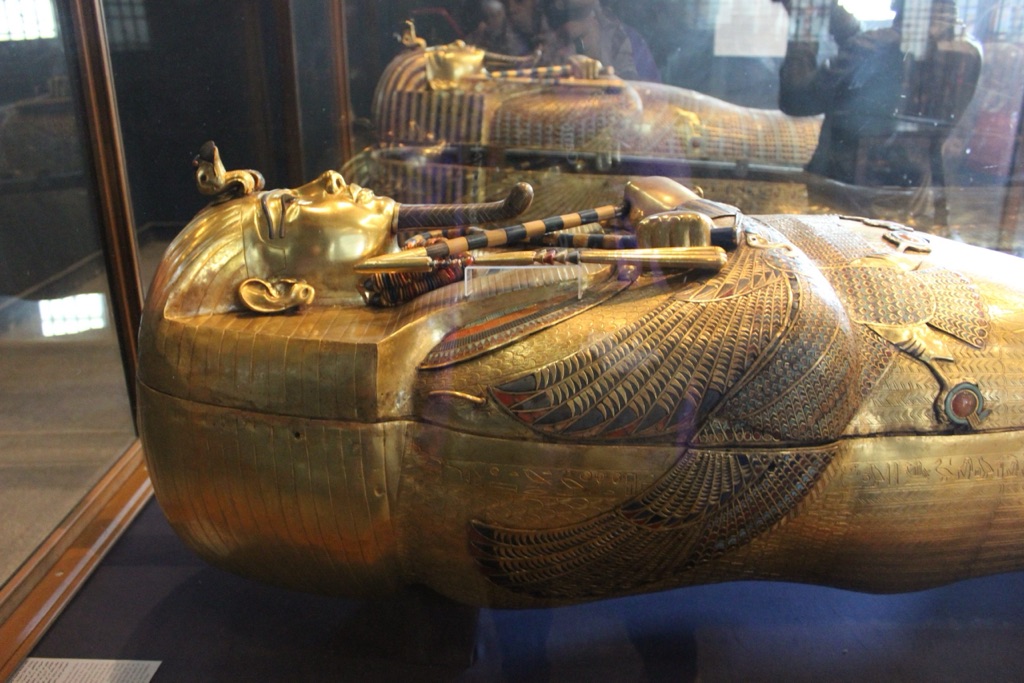
Finally, the walls of the tomb itself were covered in detailed frescoes depicting scenes from Tutankhamun’s life and death, providing an invaluable glimpse into ancient Egyptian culture and beliefs.
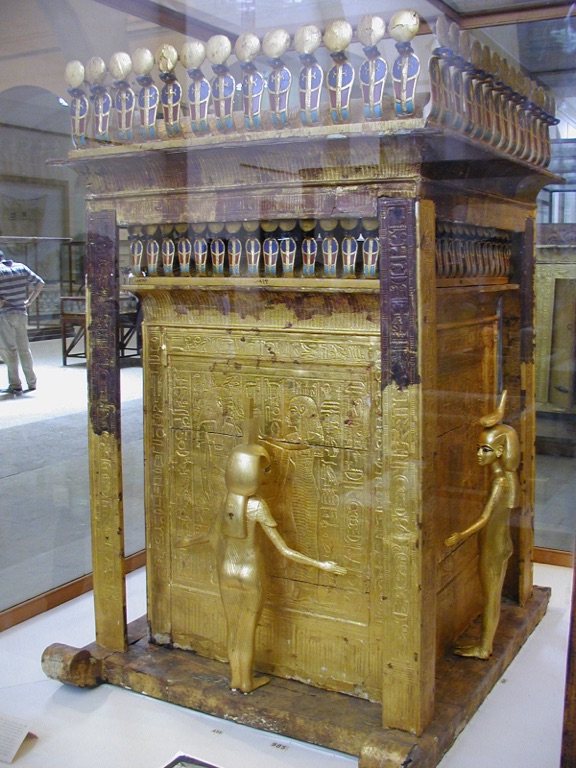
What are some of the most significant artifacts found in Tutankhamun’s Tomb and what do they tell us about ancient Egyptian culture and society?
The artifacts found in Tutankhamun’s tomb provide a wealth of information about ancient Egyptian culture and society. For instance, the presence of weapons and chariots suggests a society that valued military prowess. The elaborate jewelry and golden artifacts reflect a culture with advanced skills in goldsmithing and a high regard for wealth and status.
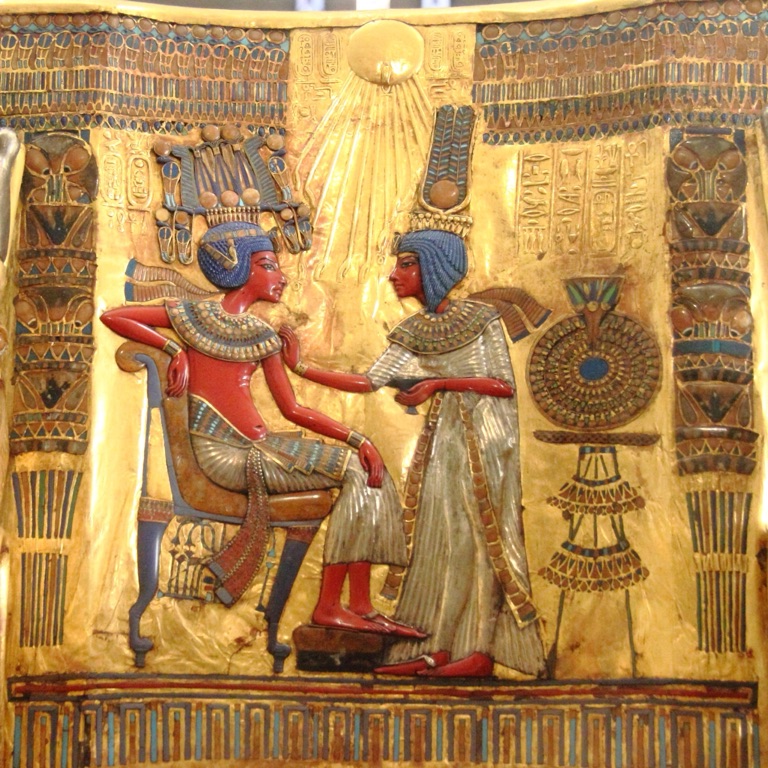
The golden death mask, one of the most famous artifacts from the tomb, is a masterpiece of ancient Egyptian art. It not only portrays the young Pharaoh’s features but also symbolizes his divine status. The mask, along with the other burial goods, reflects the ancient Egyptian belief in the afterlife and the importance of providing for the deceased in their journey to the afterlife.
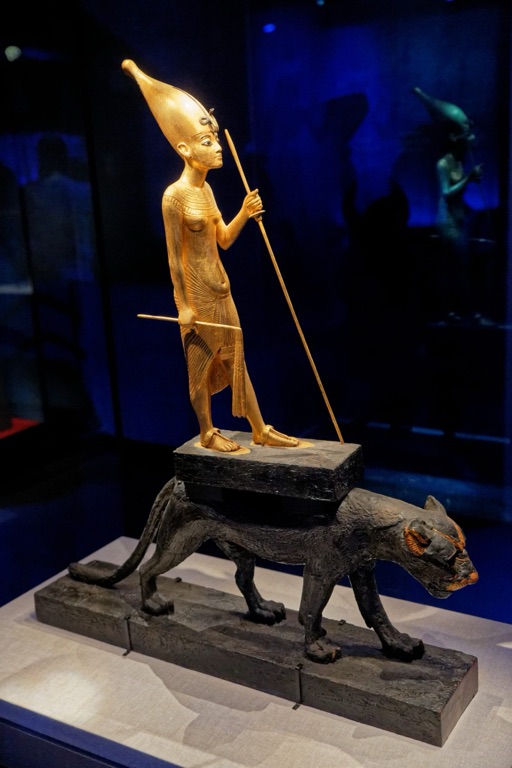
The presence of the canopic jars, and the spells and amulets found in the tomb, reflect the ancient Egyptians’ complex beliefs about death and the afterlife. They believed that the body needed to be preserved and protected to ensure the deceased’s survival in the afterlife.
The frescoes on the tomb walls also provide insight into ancient Egyptian society. They depict scenes from Tutankhamun’s life, his death, and his journey to the afterlife, reflecting the ancient Egyptians’ religious beliefs and practices.
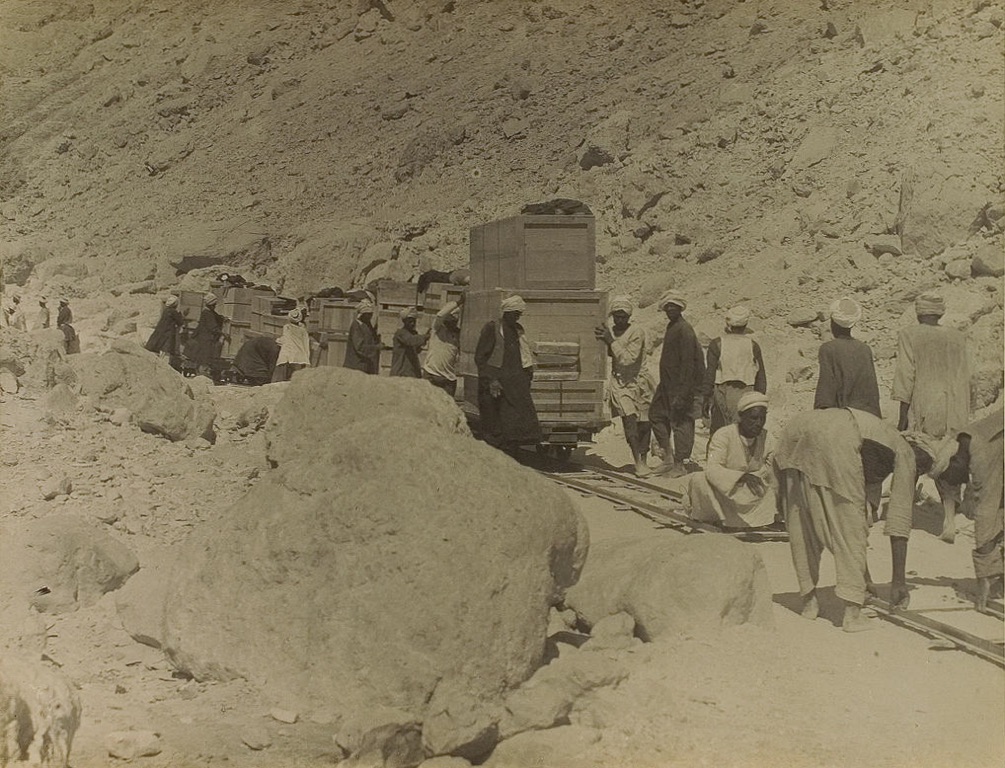
Overall, the artifacts found in Tutankhamun’s tomb provide a unique and invaluable glimpse into the life, beliefs, and culture of ancient Egypt during the 18th Dynasty.
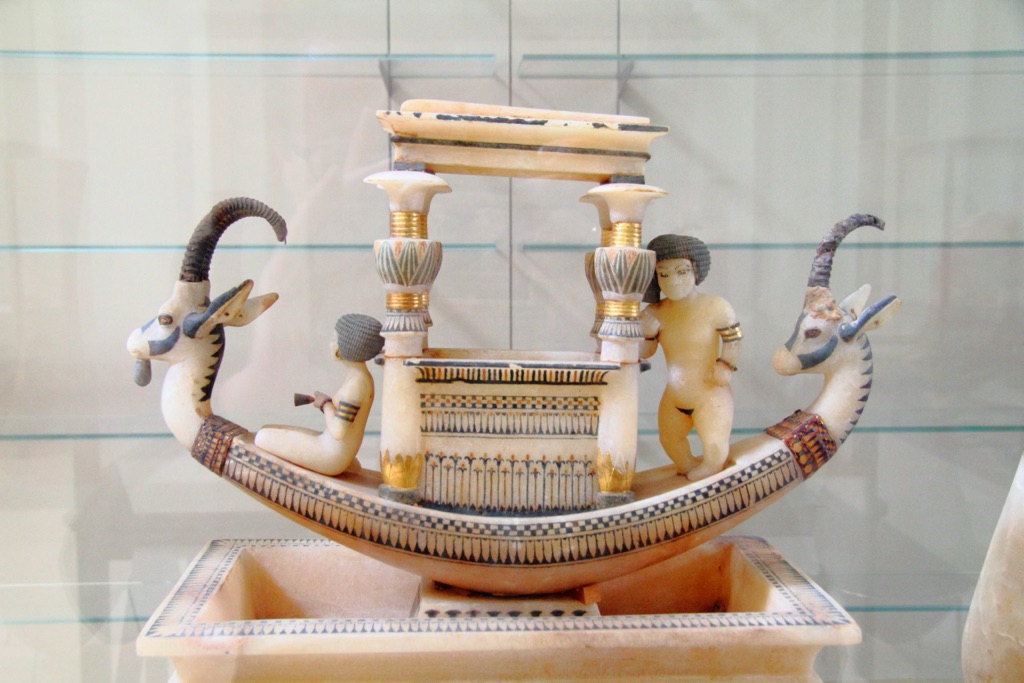
Conclusion and Sources
In conclusion, the discovery of Tutankhamun’s tomb has provided an unparalleled insight into the life, culture, and death rituals of the ancient Egyptians. The wealth of artifacts found within the tomb, from the famous golden death mask to the detailed frescoes on the tomb walls, reflect a society with advanced skills in art and goldsmithing, complex religious beliefs, and a high regard for the afterlife. As we continue to study these artifacts, we continue to learn more about this fascinating period of human history.

For further reading and verification of the information provided, the following sources are recommended:

